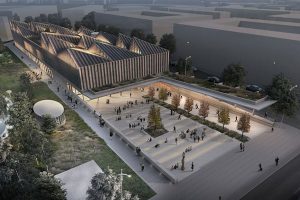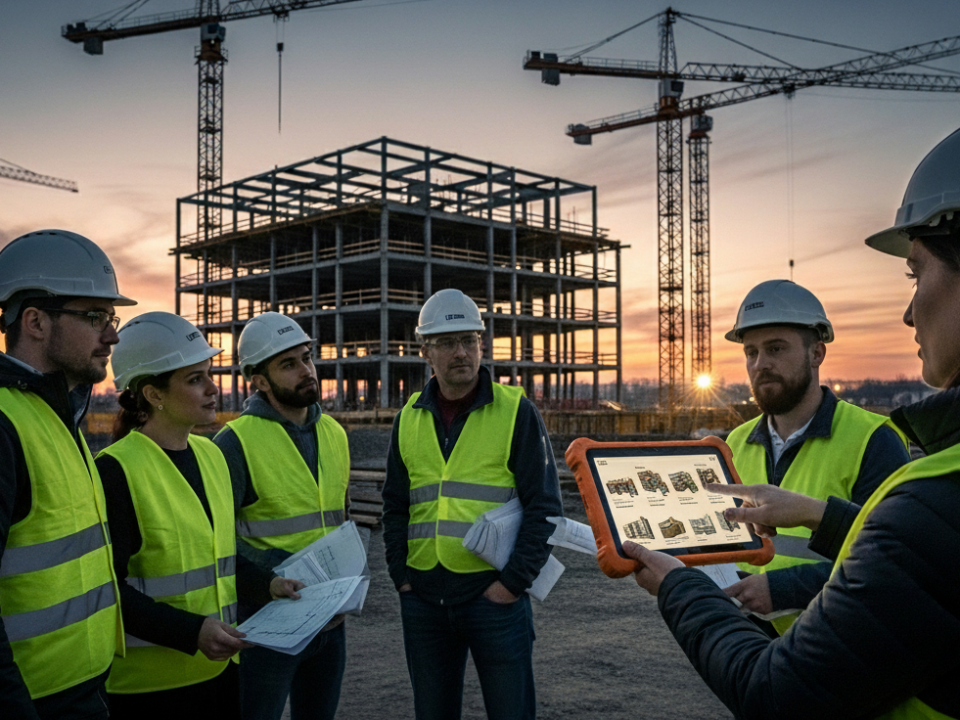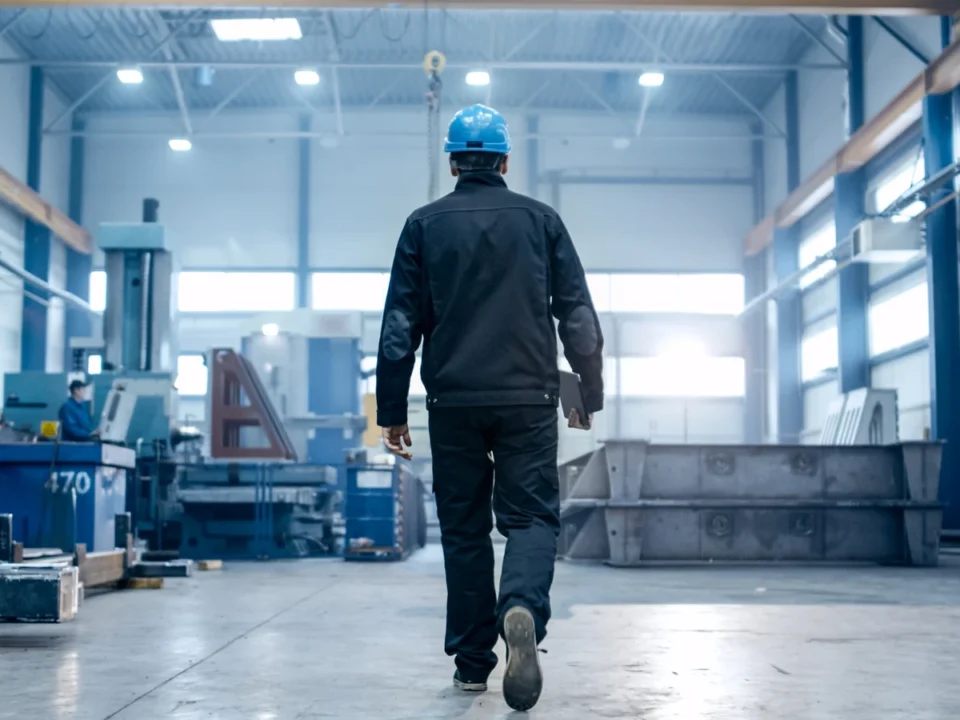BIM is no longer a future. It is already used in numerous projects and the process of BIM is constantly evolving. More and more governments are requesting BIM for their public sector projects. Let’s find out why and how BIM is changing the construction industry and what the main benefits of BIM are.
BIM reduces conflicts, rework, and changes during construction
Early clash detection in the model means fewer mistakes in the plans and fewer unforeseen problems in the construction site. The cost of changes is much lower if they are detected at the early stage of the building process. In this way, reducing rework helps to avoid delays and keep budgets within limits.
Automatic collision detection is not only much more exact but also takes much less time than traditional methods. In addition, pre-assembly can save time and correct fabrication reduces waste.
Faster design
BIM helps to make design changes and modifications quickly and at a lower cost to the project. Necessary engineering calculations can be performed faster and easier.
Parametric design has unlimited possibilities and is becoming increasingly popular worldwide. The algorithmically enabled parametric BIM significantly increases productivity by shortening the project modification time. You only need to input design parameters and the best possible structure is generated.
Better quality and visualization
BIM allows the exchange of design information through all phases of the project providing better quality control over all design decisions. Fast exploration and analysis of different scenarios help to find the most optimal and educated decisions based on data. This leads to more accurate and optimized building design solutions and better project quality.
Accurate visualizations and simulations allow clients to explore concept design ideas of the project and experience what space will look like. That creates the possibility to make early changes during the pre-construction phase and ensures the best result and the highest customer satisfaction.
Better Collaboration and Communication
BIM improves communication among all project parties and good communication is essential for a successful project. Solutions such as CDE (Common Data Environment) help all participants to access, store, and share relevant data and information (including models, non-graphical data, and documentation) in one place. CDE facilitates collaboration and ensures that duplication and errors are avoided.
The use of BIM on-site helps to optimize constructions in many ways. Contractors can access up-to-date plans. Model data could be sent to robotic stations and equipment on-site. Exact concrete quantities, bar bending schedules are just a few of many examples of the use of BIM on site.
Precise planning
Construction sites constitute a great proportion of the total cost for many projects. More accurately planned and well-communicated schedules can maximize efficiency on site. 4D BIM is a process to the smart connection of a digital model with time or schedules related information. This enables step-by-step visualization of project progress. 4D BIM simulation of Construction Sequence can help coordinate material ordering, fabrication, delivery schedules for all components, prevent mistakes, more easily re-adjust plans according to the newly added information, and minimize delays. Visual information gives everyone a clear understanding of planned work and demonstrates in a model what is planned, ordered, or already finished.
Another significant benefit of BIM is the reliable and fast cost estimation based on information exported from the 3D model (material list, shipping, labor costs, and other additional information). 5D BIM can not only provide precise cost calculations, but also help to optimize the total cost of the investment. It is easy to compare various alternatives and choose materials, technology, time for material purchase, and much more.
As-built documentation and facility management
BIM can provide relevant information not only during design and construction phases but also throughout the entire life cycle of the building. All important project data could be easily accessible after the project is completed, giving owners a high value for operations and maintenance. The database containing information about every product, asset, and system are extremely useful for convenient maintenance, facility management, or future renovations.








